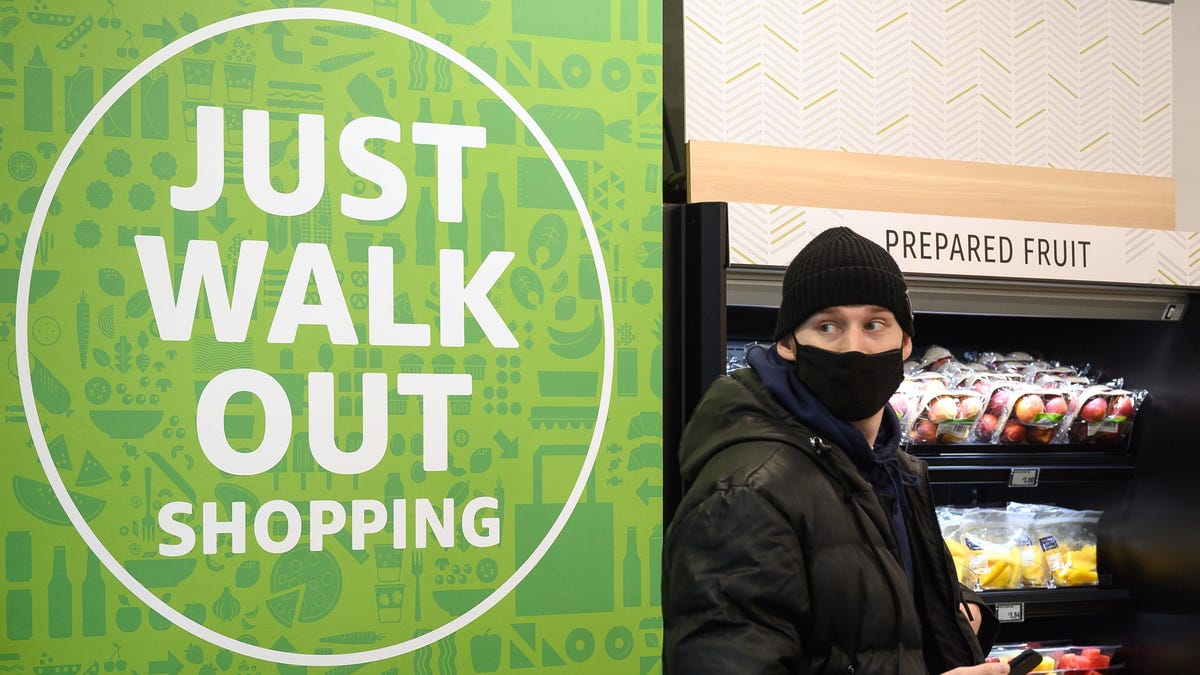Amazon Pulls Just Walk Out Technology
Amazon recently announced the removal of the Just Walk Out technology from its grocery stores, a decision that has sparked widespread discussions. While Amazon stated that 130 convenience stores and some Amazon Go locations will continue utilizing the technology, an internal source indicated that Amazon significantly scaled back its internal development efforts. Notably, a senior team member revealed that a substantial number of engineers assigned to the Just Walk Out project were laid off, leaving a limited team to support the technology moving forward. Despite claims of a minimal workforce by the source, Amazon refuted this description as inaccurate.
Revisiting Shopping Tip for Amazon Prime Day
Following the layoffs, a few engineers and managers remain to oversee the existing Just Walk Out system, as reported by a former employee. Amazon’s innovative checkout-less shopping technology, introduced in 2016, relies on a sophisticated network of cameras and sensors to monitor customers’ purchases. The workforce reduction not only affected the Just Walk Out team but also resulted in the layoff of numerous employees in Amazon’s AWS unit and Physical Stores Team, a move detailed in Geekwire’s publication. The repercussion of these layoffs extends to the operation of hundreds of Amazon Go convenience stores, sports venues, and external retailers that rely on the technology.
Contesting Erroneous Reports
Amazon responded swiftly to clarify misunderstandings regarding the Just Walk Out technology. A company spokesperson insisted on the continuous investment in the Just Walk Out development team and the technology itself, with a substantial workforce dedicated to meeting growing demands. Disputing claims of diminished manpower, Amazon remained firm but refrained from disclosing the exact number of engineers affected by the recent layoffs.
Internally, Amazon had contemplated removing the Just Walk Out technology from Fresh grocery stores due to perceived cost inefficiencies and operational complexities. While suitable for smaller convenience stores due to reduced product variety and lower foot traffic, the technology faced limitations in large retail settings. Despite ongoing plans to expand Just Walk Out stores in the upcoming year, internal reorganization resulted in the departure of crucial team members instrumental in the technology’s evolution.
An Inside Perspective on Just Walk Out Challenges
Former employees shed light on critical challenges faced by the Just Walk Out technology. Reports from a senior team member revealed inadequate autonomous functionality, with human intervention required to review and verify purchases that exceeded the system’s capabilities. The technology heavily relied on human reviewers, particularly an India-based team responsible for labeling videos for AI training and verifying flagged purchases. Over time, the percentage of purchases necessitating human intervention fluctuated, indicating persistent operational hurdles.
Notably, Just Walk Out encountered technical obstacles in sensor development aimed to enhance purchase monitoring over camera-based systems. Despite technological advancements, cost limitations hindered the efficient production and integration of sensors, a former employee disclosed. Amazon’s aim to reduce sensor costs to $100 proved unattainable, with the engineering team achieving only a $350 price point per sensor.
In light of recent developments, Amazon highlighted the strategic optimization of organizational units to prioritize impactful initiatives. While reaffirming commitment to Just Walk Out technology, Amazon’s corporate communication emphasized strategic focus in achieving maximum outcomes.
A Reckoning for Automated Retail
Amazon’s foray into consumer-facing automated retail through Just Walk Out marked a paradigm shift in the industry upon its launch in 2016. The technology, which enabled checkout-less shopping experiences, garnered significant attention and positioned Amazon as a frontrunner. However, recent actions point to a strategic pivot, signifying a potential shift in Amazon’s automated retail trajectory.
Renowned figures in the automated retail landscape, such as Juxta’s Steve Liguori, expressed skepticism regarding the feasibility of fully unstaffed grocery operations with current technology. Emphasizing practical applications, Liguori suggested that automated retail technology may be better suited for small convenience stores, aligning with prevailing industry trends.
Ankur Sharma, CEO of Brysk, reiterated this viewpoint, citing data complexities in larger retail settings as potential hurdles for automation. While acknowledging Amazon’s bold entry into automated retail, industry experts highlighted the necessity for practical, customer-centric solutions in navigating the evolving retail landscape.
In conclusion, Amazon’s journey with automated retail underscores the intricate blend of technological innovation and practical application. While the dissolution of the internal engineering team may signal a strategic shift, Amazon’s commitment to pioneering retail solutions remains unwavering.
Image/Photo credit: source url





